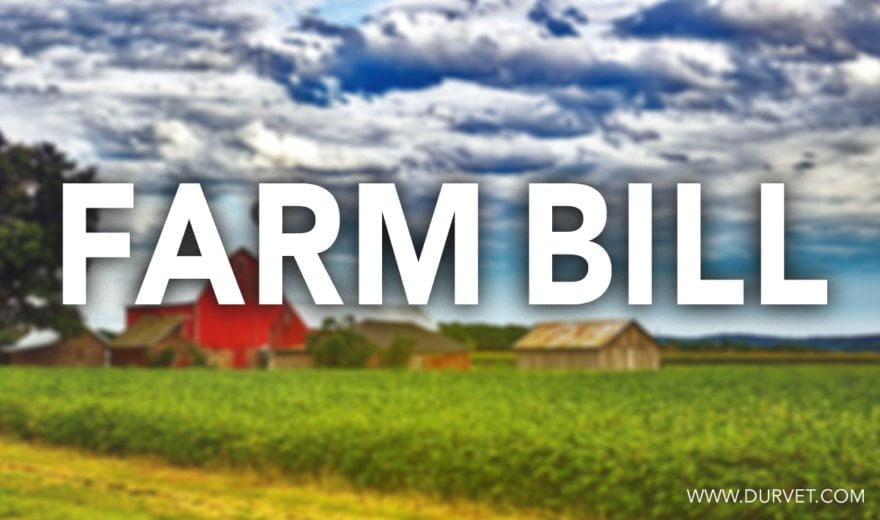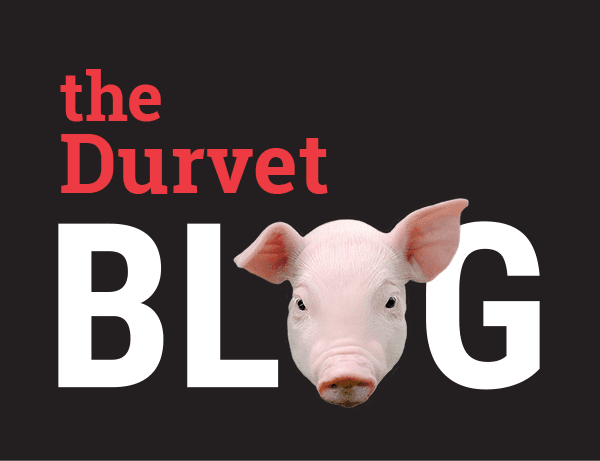
In many ways, the 2018 Farm Bill is comparable to the 2014 Farm Bill. Our newest Farm Bill provides critical backing to America’s agriculture sector for a wide range of services, safety nets, entitlements, research, development, data gathering, and management among others that stretch out to just about every corner of the economy. This benefits Americans in both rural and urban/suburban settings.
Farmer Livelihoods: According to Agriculture Retailers Association CEO Daren Coppock, an immediate benefit for farmers, ag retailers and bankers is certainty. Credit and terms will be more generous and flexible in a time when farmers are emerging from some down years and trade has been interrupted by politics. “We know that farmers and their bankers need certainty; many of our members offer trade credit to farm customers, and they need that certainty too,” Coppock notes. That certainly appears to be a positive keystone in the Bill.
Hemp: Probably the marquee feature of this Farm Bill is the legalization of industrial hemp production, and the subsequent refinement of hemp oil into a plethora of CBD products that are chafing at the bit to be introduced and promoted as miracle cures.
Recap - Farm Bill 2018 uses 540 pages to describe its programs. But here’s a condensed version of the specifics within the Farm Bill’s 12 Titles highlighting benefits and key programs.
Title I: COMMODITIES $64.6 billion over 10 years - Farmers can switch between Agriculture Risk Coverage and Price Loss Coverage programs on an annual basis if one or the other offers better terms. They won’t be stuck with their ARC or PLC choice for five years.
Key Programs Examples:
- Price Loss Coverage (PLC) & Agricultural Risk Coverage (ARC)
- Sugar Programs
- Dairy Promotion (Dairy “Checkoff Program”)
- Dairy Margin Protection
Title II: CONSERVATION $59.7 billion over 10 years - Funding increases to $2 billion by 2023, creating incentive contracts and alternative funding arrangements for irrigation districts. The Conservation Stewardship Program becomes a standalone program and there will be new incentive payments for cover crops, crop rotations and other practices that protect water quality.
Key Programs Examples:
- Conservation Reserve Program (CRP)
- Environmental Quality Incentives Program (EQIP)
- Conservation Stewardship Program (CSP)
- Livestock Indemnity Program
- Livestock Forage Disaster Program (LFP)
- Emergency Assistance for Livestock, Honey Bees, and Farm-Raised Fish (ELAP)
Title III: TRADE $470 million over 10 years - The Bill provides permanent funding baseline for USDA’s four trade promotion programs, about $250 million a year.
Key Programs Examples:
- Food for Peace (also in Title I, II and V)
- Food for Progress
Title IV: NUTRITION $663.8 billion over 10 years - The Bill made no changes to SNAP work requirements or income eligibility limits.
Key Programs Examples:
- Fresh Fruit and Vegetable Program
- Food Insecurity Nutrition Incentive
- Food Distribution Program on Indian Reservations
- Emergency Food Assistance Program
Title V: CREDIT - Limit on guaranteed operating and farm ownership loans rises to $1.75 million; limit on direct ownership loans rises to $600,000: limit on direct operating loans rises to $400,000.
Key Programs Examples:
Title VI: RURAL DEVELOPMENT $162 million over 10 years - Provides permanent authority and rules for the rural broadband grant and loan programs.
Key Programs Examples:
Title VII: RESEARCH, EXTENSION & RELATED MATTERS $630 million over 10 years - Foundation for Food and Agriculture Research (FFAR) is allocated an additional $185 million for a total $385 million.
Key Programs Examples:
Title VIII: FORESTRY $4.7 billion over 10 years - Title program remains essentially the same, and does not expedite tree thinning programs and other forest management projects on federal lands.
Key Programs Examples:
Title IX: ENERGY $125 million over 10 years - The Bill retains this Title that some lawmakers wanted to eliminate, but reduces funding significantly.
Key Programs Examples:
- Rural Energy for America Program Energy Audit & Renewable Energy Development Assistance Grants
- Biorefinery, Renewable Chemical, and Biobased Product Manufacturing Assistance Program
Title X: HORTICULTURE $534 million over 10 years - The production of industrial hemp is legalized, and authorizes regulation by states and tribes with USDA approval.
Key Programs Examples:
- Specialty Crop Block Grants
- Farmers Market and Local Food Promotion Program
- National Organic Program
Title XI: CROP INSURANCE $77.9 billion over 10 years - Modest changes were made in the program, but guidance and clarification intended to promote the planting of cover crops included.
Key Programs Examples:
- Whole Farm Revenue Protection
- Disaster Assistance Programs (also under Title I)
- Emergency Farm Loans
Title XII: MISCELLANEOUS - This Title includes funding and directives to develop a variety of programs to build vaccine banks and create various outreach plans to promote farming opportunities for socially disadvantaged individuals.
Key Programs Examples:
Over the last decade, issues surrounding food availability, safety and humane animal care have grabbed headlines almost daily, spiking interest in the agriculture sector of the U.S. economy. Increased demand for locally grown meat and produce has also contributed to this growing interest. As a result, many Americans are discovering the ag industry is not just about raising livestock and growing crops.
Please note, this is certainly not a complete list of the changes for the 2018 Farm Bill, nor does it include all the programs in the Farm Bill. The full copy of the Bill can be found here.

 BACK TO MAIN BLOG
BACK TO MAIN BLOG 
Comment